Grand Hotel Union - remarkable, glamorous, historical
Built about a block from the city's central Prešeren Square between 1903 and 1905, Grand Hotel Union is well known for having been Ljubljana's first modern hotel. To this day it retains its elegance and historical splendour.
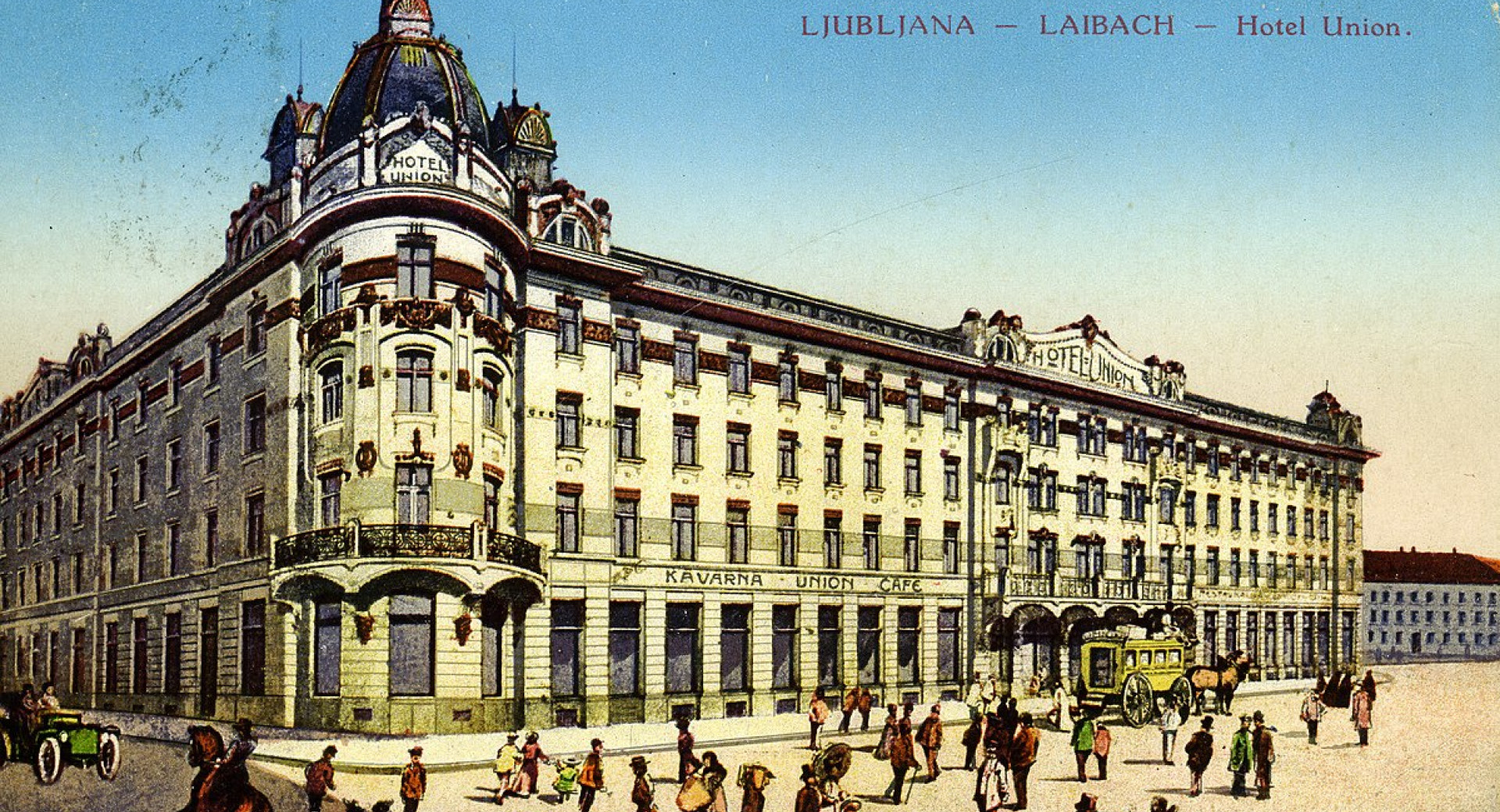
Beginnings
The new hotel - built next to the road leading from the old city centre to the railway station - was part of a programme of urban reconstruction during the administration of Mayor Ivan Hribar, initiated in the aftermath of the major 1895 earthquake that destroyed much of Ljubljana's medieval structures. The very first idea about the hotel came from a cosmopolitan doctor and traveler Vinko Gregorič, to which the city delegates responded favourably. In 1902 the Union Joint Stock Company was founded, which later became the Union Hotel and Building Company.
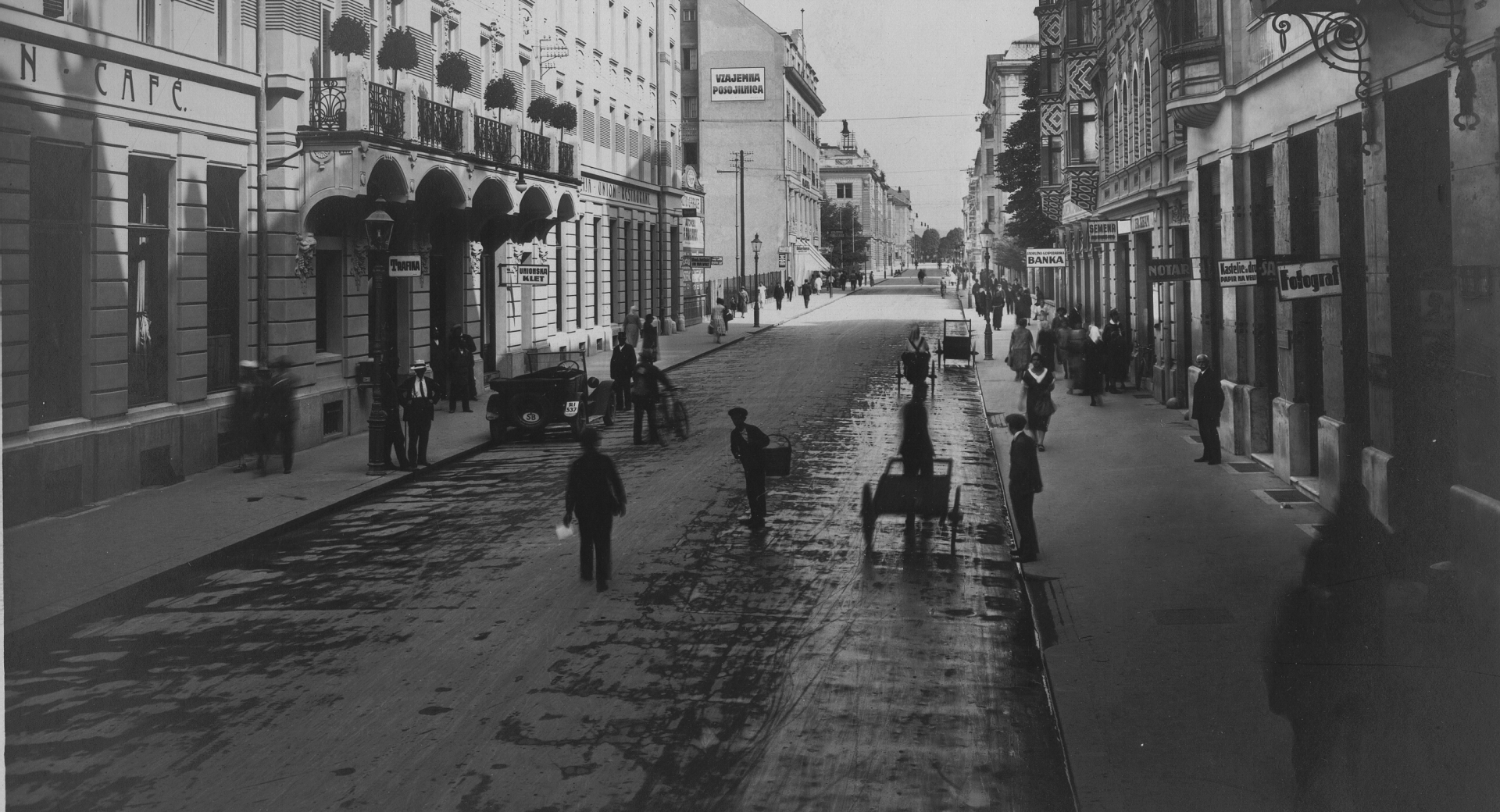
Miklošičeva street, early 20th century.
The construction started in 1904 and was completed in just 18 months. The opening ceremony was held on the October, 28 1905 and it lasted for seven days. The new hotel was the biggest building in the city at the time.
Designed by the Croatian architect Josip Vancaš who was well familiar with architectural developments in Vienna, Grand Hotel Union is a fine example of the Art Nouveau style. The exterior of the Secession building was highlighted through ornamental elements of garlands, heads of female figures and cartouches, while the interior boasted lavish furnishings, typical undulating Art Nouveau lines and stucco work.
According to the newspapers of the time, the new hotel was considered one of the largest, most modern and elegant hotels in the Southeast Europe. To this day it remains a unique property, well-known for its eternal style, great service and modern cuisine.
The first modern hotel
With 87 rooms, a restaurant, a café, a large and beautiful concert hall (today's Grand Union Hall), a bowling alley, several salons, a lift and central heating, the hotel quickly gained fame in the region. Its equpiment was considered very contemporary for the time. It also had the largest hall in the Balkans, which was regarded as a big technological marvel with its 33.40 meters in length and 11.00 metres in width. It could host over 1,400 people.
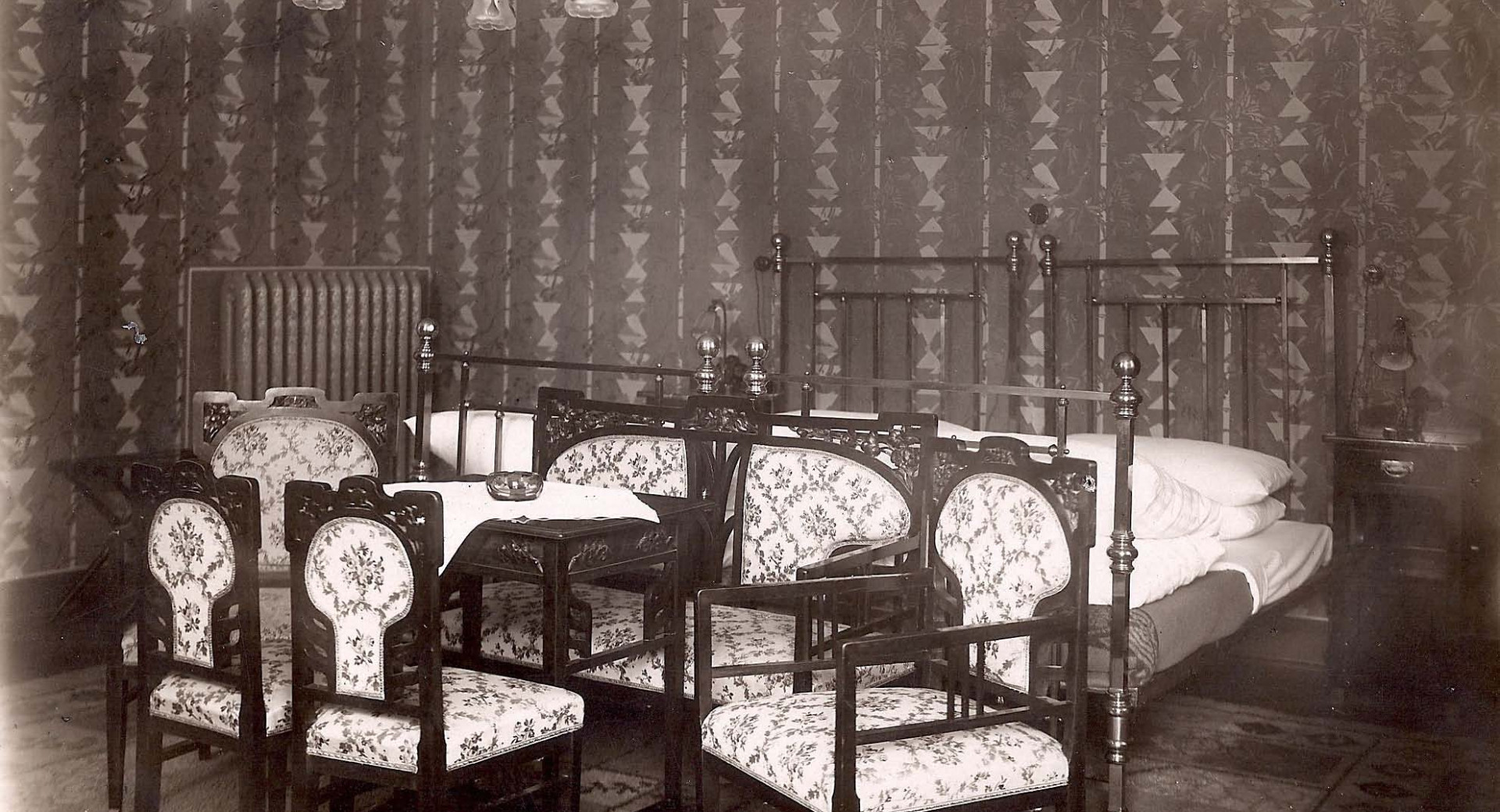
Grand bedroom, early 20th century.
At the end of the 1920s, the hotel was thoroughly modernized: running cold and hot water was installed in each room, telephone, bathrooms were renovated, and the kitchen was enlarged and modernized. Famous Swiss and Italian chefs were invited to cook for biger events.
In 1968, an annex was added to Grand Hotel Union, and in 1979 the Holiday Inn hotel (the present day uHotel) was built next door.
The hotel was later renovated again twice. Today it has 111 rooms (335 rooms altogether with uHotel) and it is a four star property.
The importance of Grand Hotel Union for the city's social life
In over a century of existence, the Grand Hotel Union has contributed significantly to the political and social life of the capital and the broader Ljubljana region. It hosted concerts, dances, festivities, masquerades, rallies, state celebrations, protest meetings and lectures.
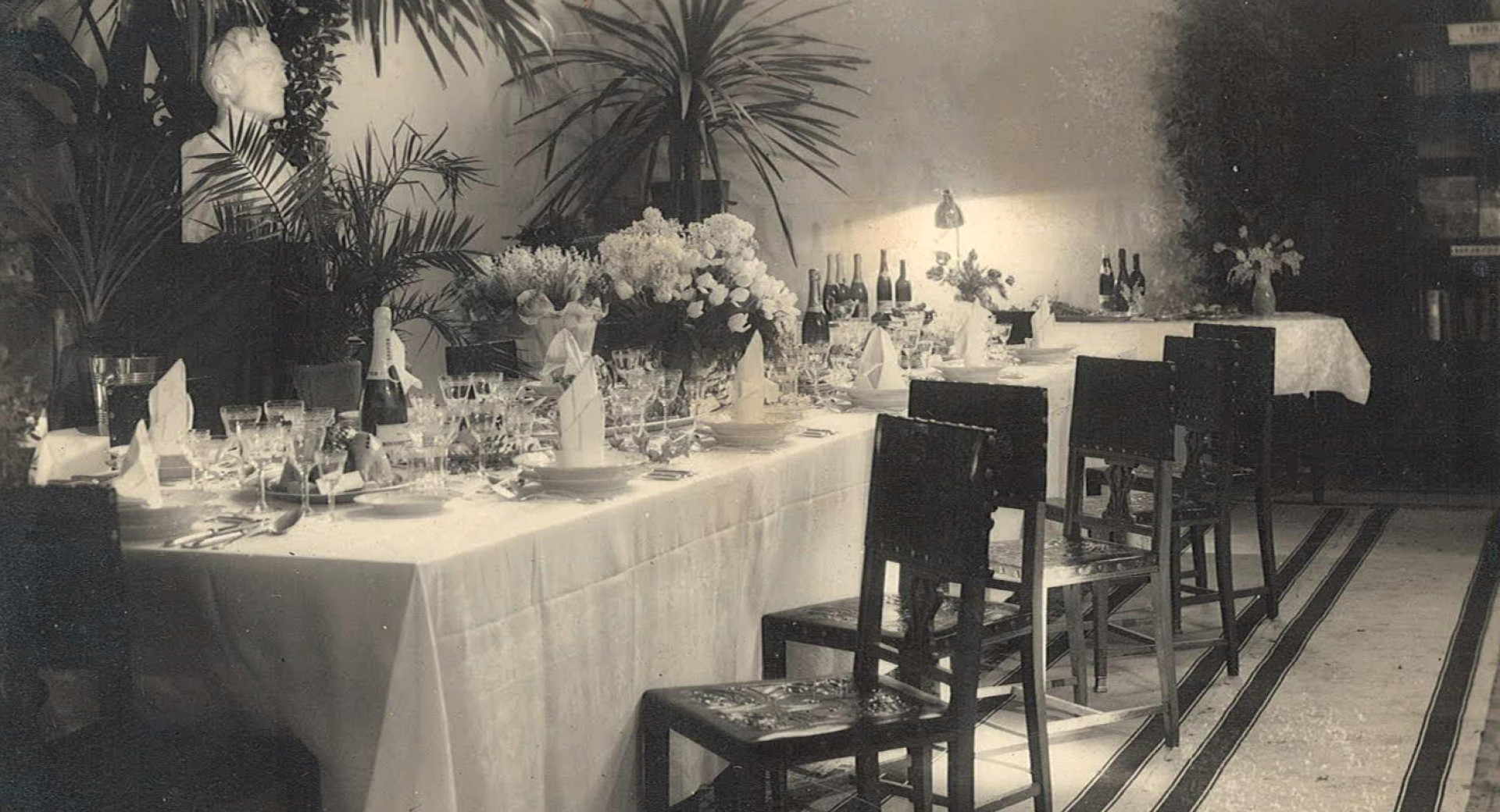
Hotel's decorated table in the past.
Over the course of its rich history, it has been witness to many important events and has hosted many famous people - including actor and director Orson Welles in 1979, American president Bill Clinton and his wife Hilary Clinton in 1999, the spiritual leader of Tibet the Dalai Lama in 2002, Queen Elizabeth II and her husband in 2008, King Harald V of Norway and his wife.
The elegant Grand Union Cafe is another key part of the hotel. Once a meeting place for local artists and intellectuals, it nowadays exists in a much more relaxed version. Due to the excellent table service it is a popular choice for guests of any age, especially those who love some special treats, such as Turskish coffee served from cezve pots, the house-made cakes, or want to enjoy the Wine library with over 180 types of wines and a peaceful setting.
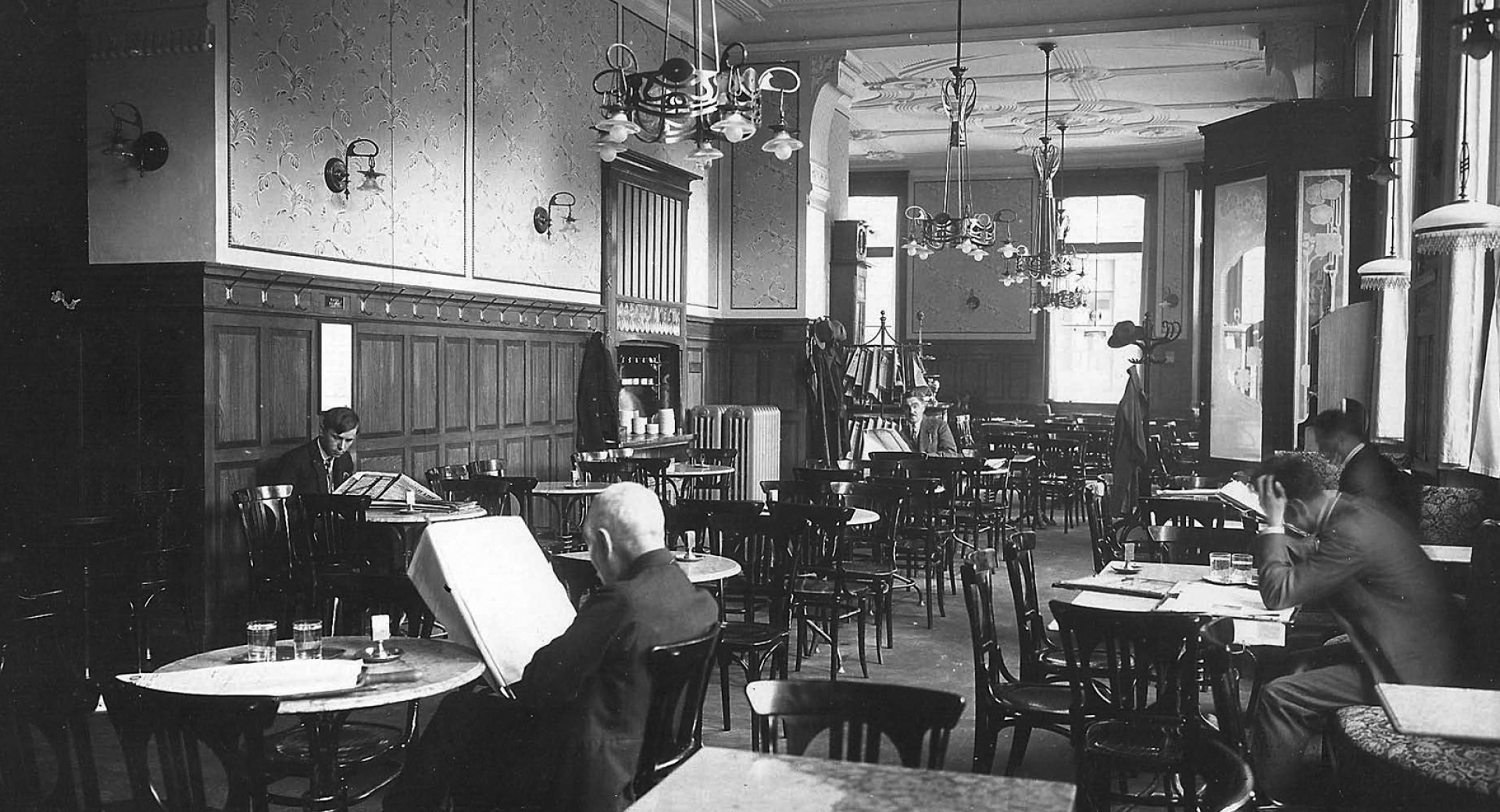
The Grand Union Café.
In addition to the concert of the Slovenian Philharmonic, the hotel hosted all important orchestras from the region (Zagreb, Belgrade, Bratislava and Prague). The only time the dynamic social life was interrupted was during the World War I when the Union Hall was turned into a hospital, and during the time Ljubljana was occupied in the World War II.
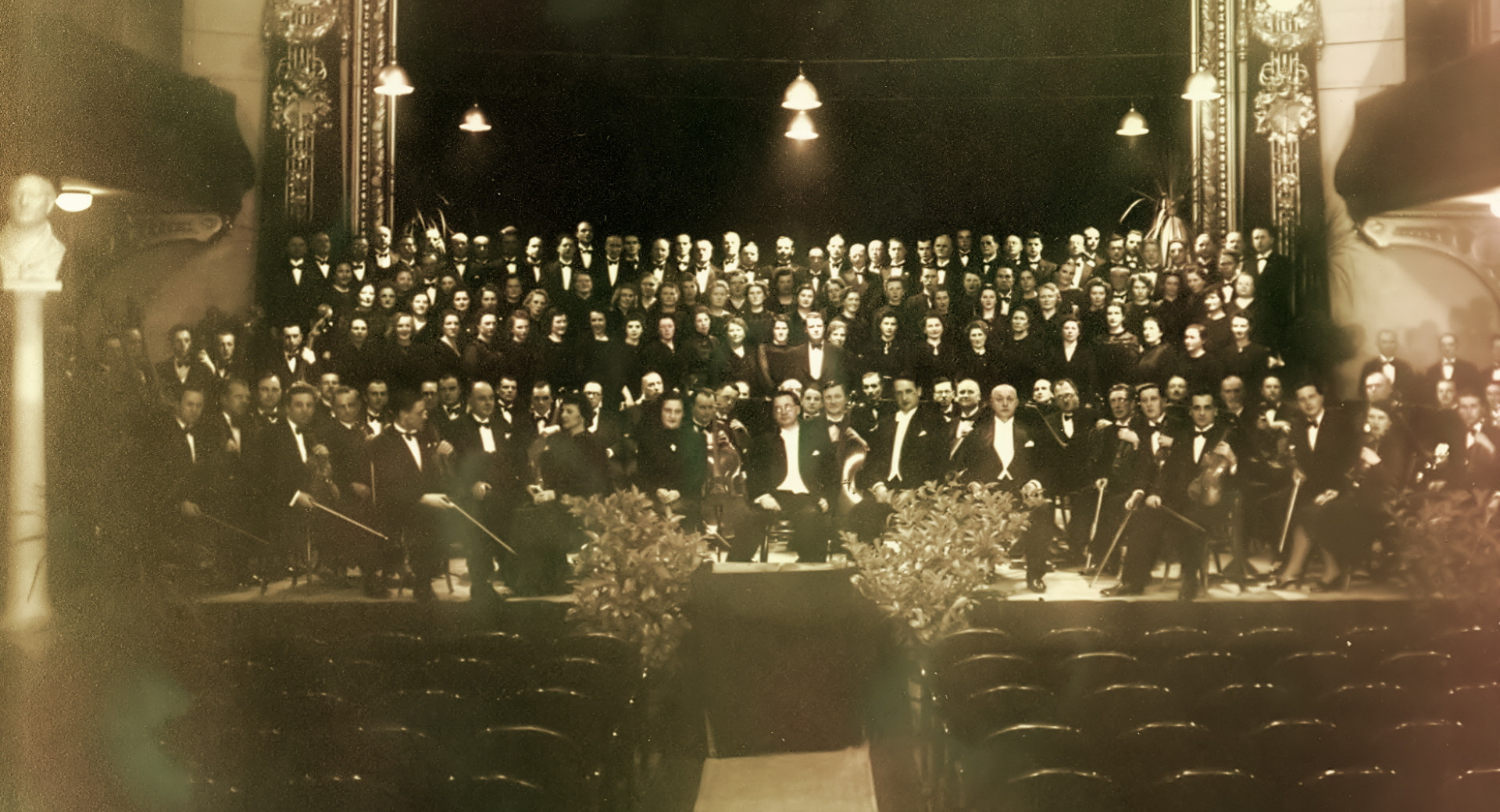
Grand Hotel Union regularly hosted famous orchestras from the region.
The famous Grand Union Hall
Over decades, the Grand Union Café and Union Hall have also served as the centrepoint of the city’s cultural, political and social life. Well-known Slovenian intellectuals, artists and economists frequented the café to share ideas.
In addition to painters Rihard Jakopič, Matija Jama and Maksim Gaspari, the café was the meeting place for writers such as Ivan Tavčar, Oton Zupančič, Josip Vidmar, and many others. In the period between the two world wars, the Union Hall regularly hosted Ljubljana’s elite events, such as masquerade ball called the Black-and-White Reduta, elite dance under the patronage of His Majesty King Alexander of Yugoslavia and numerous concerts of renowned orchestras. That tradition is still alive today, as the Grand Hotel Union continues to regularly host a wide range of resounding cultural and social events.
A very special event, which has been taking place in the hotel from its very beginnings, is the herring feast.
The herring feast - 100 years of tradition*
It is a traditional culinary event that takes place every year on Ash Wednesday. It is attended by over 1,500 guests. The master chefs always impress with their imaginative, original and top-quality cuisine.
The history of the event dates back to 1908, when the first herring dishes were presented soon after Grand Hotel Union hotel first opened. However, they started counting them only twenty years later, when the event was upgraded with an exhibition of fish dishes and other seafood delicacies. Over ninety years later, this is the only hotel in Ljubljana that still preserves the unique Slovenian and European culinary tradition of herring feasts.
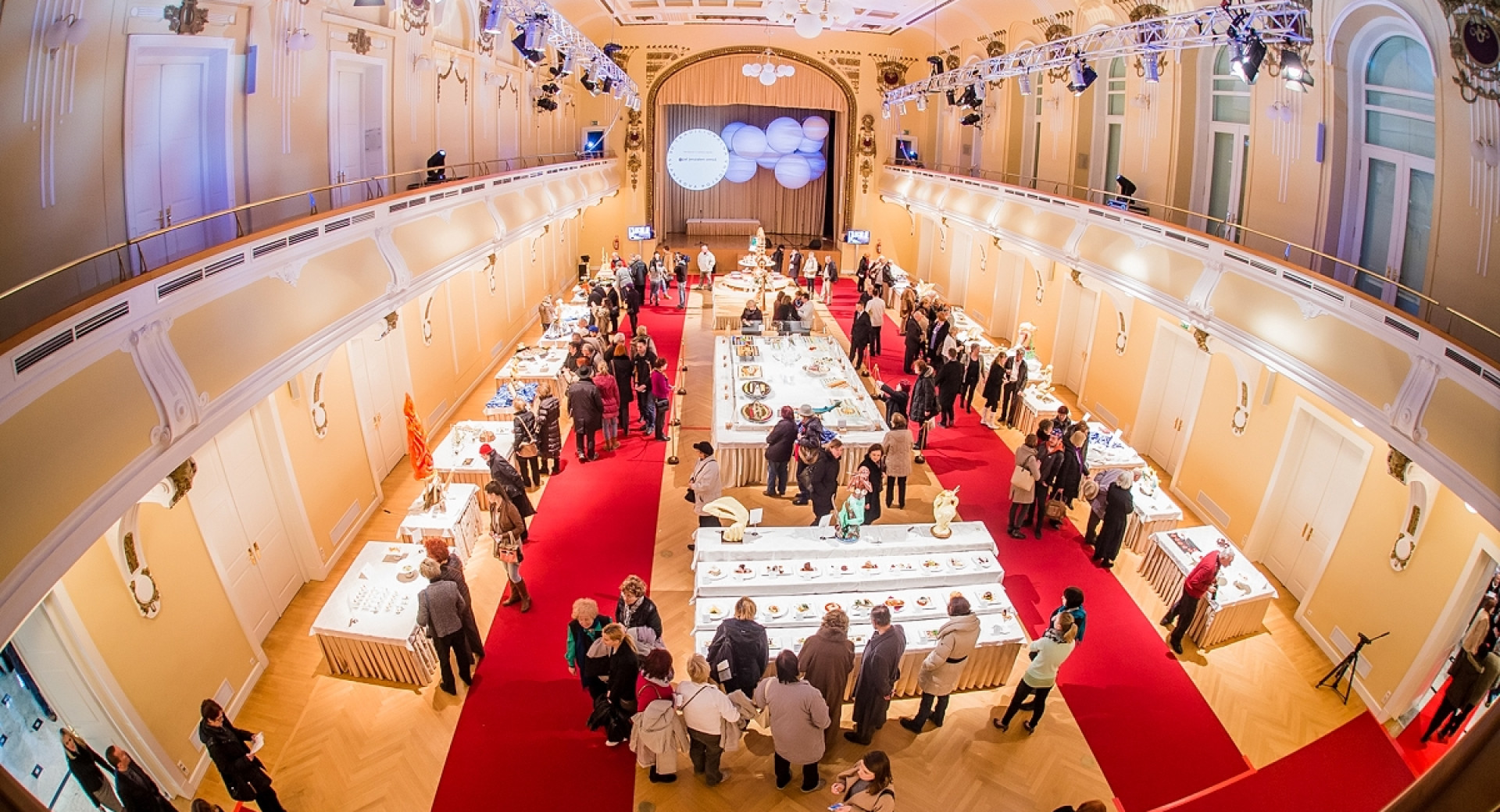
Herring feast in 2010s.
Back in the day the chefs supposedly decided to include mostly smoked, dried and marinated herrings in their recipes because fresh fish used to be expensive. They used to prepare mostly trout, pike, cod, mackerel and other freshwater and sea fish that could be locally obtained. Nowadays it is a bit different; varied and less common fish is used in their recipes but the chefs also like to play with spices and flavors, and follow modern trends in gastronomy.
Every year the event is accompanied by a culinary competition, with different chefs competing in preparing dishes with fish, crabs, shellfish and molluscs.
The herring feast is a must-go event for all lovers of fasting dishes. The exhibition brings an extra added value with all the culinary treats and delicacies displayed for the eyes of the many guests.
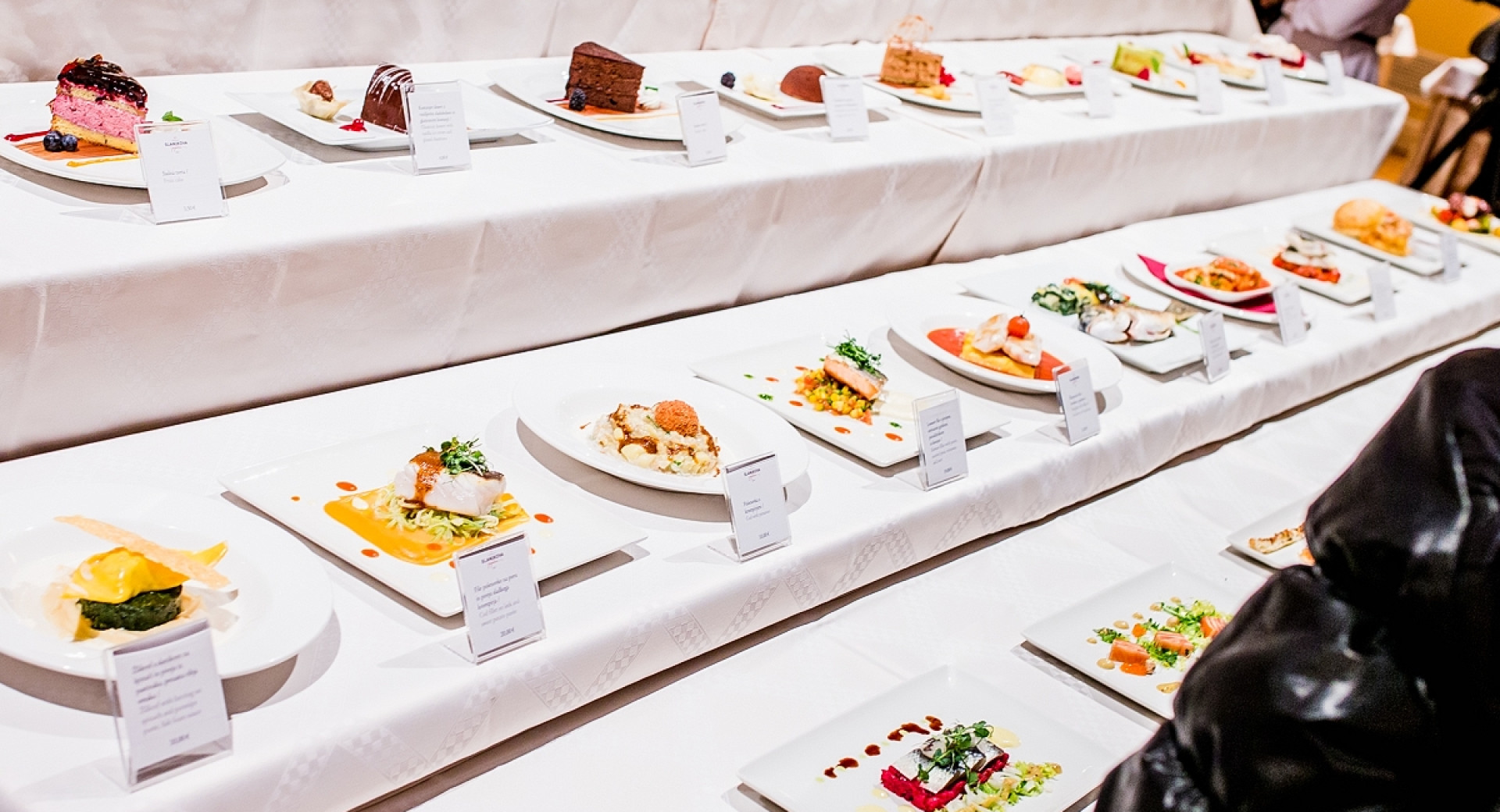
Herring feast in 2010s.
Get to know the Grand Hotel Union better and visit it as soon as you can!
*All photos belong to the historical archive of the Union Hotels Collection.
*Unfortunately, the Herring feast event has been suspended since 2017.
